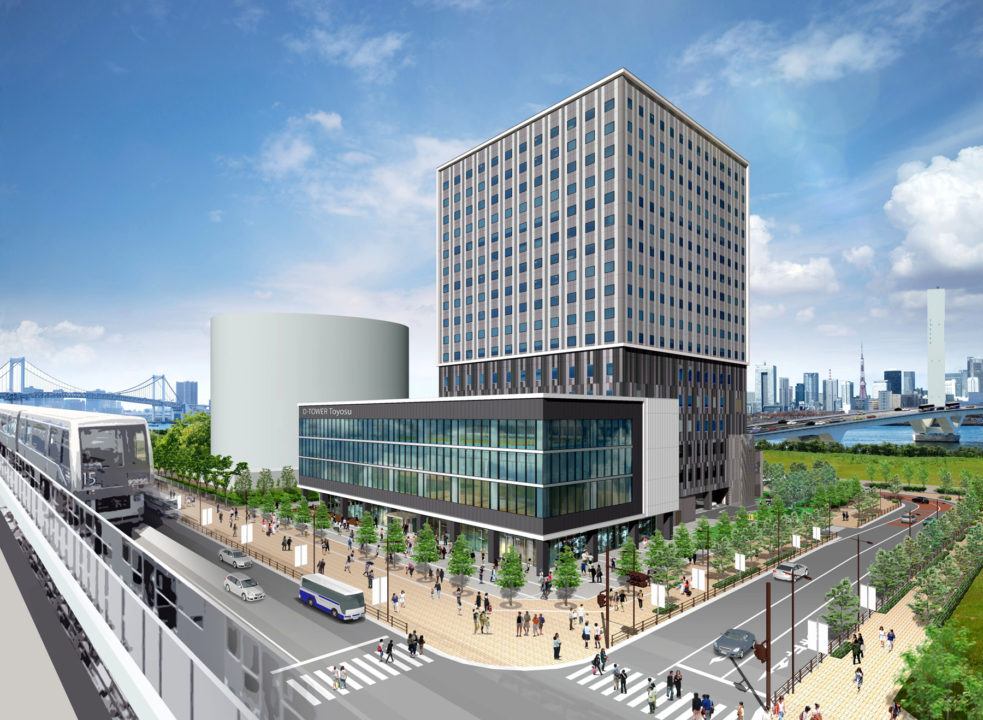In an effort to promote its vision of ‘creating quality lifestyle through intelligent sport technology,’ Japanese company ASICS has just announced its intention to open a large-scale sports center in the heart of Tokyo next year.
With a soft opening time frame of September 2019, the training center is set to be located within the Toyosu district, situated between the Athletes’ Village for the Tokyo 2020 Olympics and Paralympics and the competition venues.
Although the average elevation in Tokyo is just 40m (130ft), the tentatively named ASICS Sports Complex Tokyo Bay facility will be specially equipped to provide low-oxygen training conditions for swimming, track and field and other sports. The facility’s technology will enable the mimicking oxygen levels as typically experienced at a 2,000 meter (~6560 ft), aiming to improve athletes’ physical endurance and muscle endurance efficiently.
Per the ASICS announcement, its vision is for the Sports Complex to cater to a wide range of users, from elite athletes to area constituents.
Japan is on a building boom on its path to hosting the Tokyo 2020 Games. As we reported earlier this week, the city of Tomi is constructing a pool at an elevation of 1750 meters (~5741 feet) on the Yunomaru highlands, which has a scheduled completion time frame of June 2019, plenty of time for pre-Tokyo high-altitude preparation.

A mad Japanese technician starts fiddling with the controls & sucks all the air out …….
Since when was train high live low a thing? The sports complex should be dormitories.
The train high part has always been a thing despite what the research actually says.
Train high, live low has gained a lot a lot of traction over the last few years as a contrast to the ‘live high, train low’ method. It’s called “intermittent hypoxic training” and is designed to improve high-intensity, anaerobic performance. The debate certainly isn’t settled, but it’s definitely ‘a thing.’
Here are a few papers worth reading if you’re curious to learn more:
The effect of intermittent hypobaric hypoxic exposure and sea level training on submaximal economy in well-trained swimmers and runners.
Truijens MJ, Rodríguez FA, Townsend NE, Stray-Gundersen J, Gore CJ, Levine BD.
J Appl Physiol (1985). 2008;104(2):328-37.
Performance of runners and swimmers after four weeks of intermittent hypobaric hypoxic exposure plus sea level training.
… Read more »
Braden that is awesome! I wish I would have known about those 3 years ago. Just moved from coaching at 7,000 ft. The first 3 months were terrible. I did a lot of things you can do at sea level that you couldn’t do well that high.
Thanks for the articles!!
Thanks for the links. This facility is wild stuff. Any final figures on the costs?